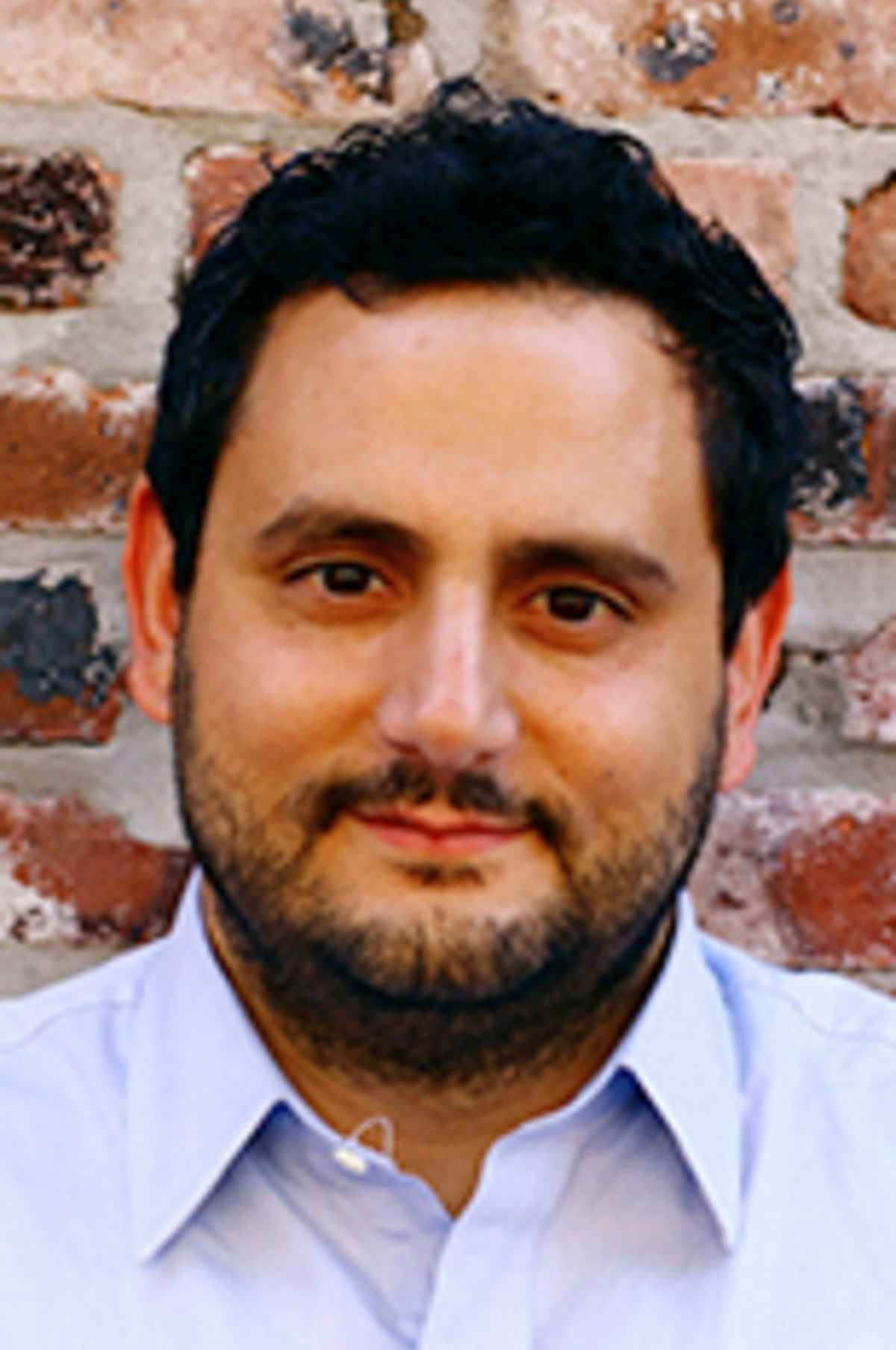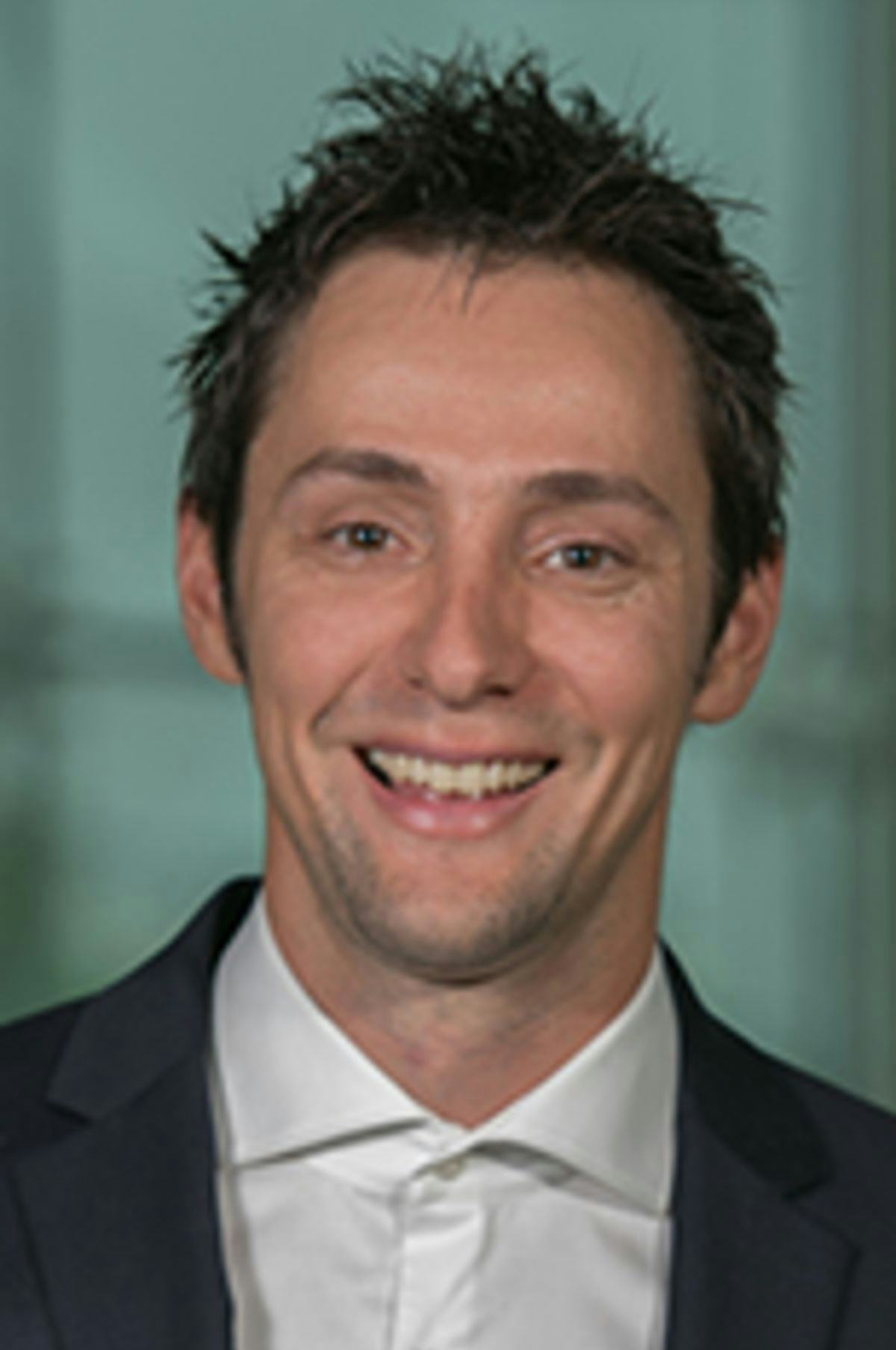Award-Winning Paper Explores How Designers Innovate in 3D Printing Communities
Stevens Faculty Honored by Academy of Management for Insights that Could Change How Manufacturing Industry Connects with Customers
When Gaurav Sabnis was doing his doctoral work at Penn State University, he got to see what research opportunities look like for faculty working in the largest institutions.
He has no regrets about ending up at much-smaller Stevens Institute of Technology, where he is an assistant professor of marketing in the School of Business. Late this summer, after winning a Best Paper Award from the Academy of Management, Dr. Sabnis said that if he were teaching elsewhere, “I would not have written this paper — the topic wouldn’t have entered my sphere of perception.”
“At Stevens, we’re not as rigid in our institutional boundaries,” Dr. Sabnis said. “At bigger schools, your research is more incremental, you don’t talk to people outside your discipline. Here, out of necessity, I have to find things in common with people who study information systems and engineering.”
How shared ideas lead to innovation
The paper, which examines knowledge reuse in 3D printing communities, was the result of collaboration among Dr. Sabnis; Dr. Jeffrey Nickerson, associate dean of research at the School of Business; and Dr. Harris Kyriakou, an assistant professor at the University of Navarra who did his doctoral thesis at Stevens.
Professors Nickerson and Kyriakou are two faculty who you might expect working on a project like this; Dr. Sabnis, a marketing expert, is not. But his expertise in empirical modeling and product design is a key reason why the paper was accepted at the prestigious MIS Quarterly.
The research behind the paper explains how ideas are shared in the 3D printing world. In open design communities, makers often iterate on designs created by other users to create refined products — so, rather than build a pen from scratch, designers modify existing 3D-printed pens, then share their modifications so others can continue the work.
The professors looked at frequently reused designs and found a few clear signals in what helps designs get shared — from a designer’s level of experience, to the amount of information she included about her designs.
Dr. Nickerson, one of the great authorities in collective intelligence and a professor of Information Systems at Stevens, said this research is important because of the large, and growing, role of 3D printing in manufacturing.
“3D printing has actually been around for 30 years or so, but a lot more people are using them because the prices of printers has gone way down,” he said. “This paper was one of the first in a business journal that looked at these online 3D printing communities, and now other schools are getting interested. We got here early because we approach business problems from this niche where the engineering side is of interest to us.”
Unlike typical best paper presentations, Dr. Nickerson said, this award is for published — not conference — papers. “And I heard from several people that they understood novelty in these communities in a way they didn’t before, which was high praise,” he said.
The right skills for marketing
Dr. Sabnis comes from a family of teachers and professors, so while he built an impressive corporate résumé working at IBM, he knew he belonged in academia. It was during his MBA coursework that a professor first suggested he’d excel in marketing.
“The two things I loved most in school were creative stuff, like writing, and math,” he said. “One of my professors said marketing would be a perfect fit for my skillset, because I can come at it from both the creative and quantitative sides.”
After completing his Ph.D., Dr. Sabnis took a position at Fordham University before coming to Stevens, where he saw a chance to apply his interests in analytics and technology to meaningful business research — such as in the design reuse problem.
“No matter how brilliant the design is, eventually, it’s the marketing that makes somebody adopt it,” Dr. Sabnis said. “This kind of research helps us bridge the gap between consumers who use a product and the engineers who come up with brilliant inventions. The better we understand that gap, the better the sales and marketing opportunities are for the business.”
Vulnerability to fake reviews
For Dr. Sabnis, the Best Paper award from the Academy of Management is his second major credential since coming to Stevens. In 2016, he and fellow Stevens professor Ted Lappas were were runners-up for the Best Paper Award in Information Systems Research. That paper examined the vulnerability of hotels to fake reviews; the pair created a model that analyzed the points where hotels were susceptible to paid reviewers.
“It’s not just your geography that comes into play with fake reviews, it’s your search filter,” Dr. Sabnis said. “So your competitor isn’t necessarily just another hotel in Hoboken, but one that offers the same experience as you, like free parking or breakfast.”
The ability to work with a researcher like Dr. Lappas — whom Dr. Sabnis called “a brilliant computer scientist” — drives the kinds of research successes enjoyed by faculty in the School of Business.
“Stevens has a great culture that leads to more interdisciplinary research,” he said. “I’m excited to do the kinds of research that creates real-world solutions for businesses in the digital age.”
School of Business Stevens Business Research Business Faculty




